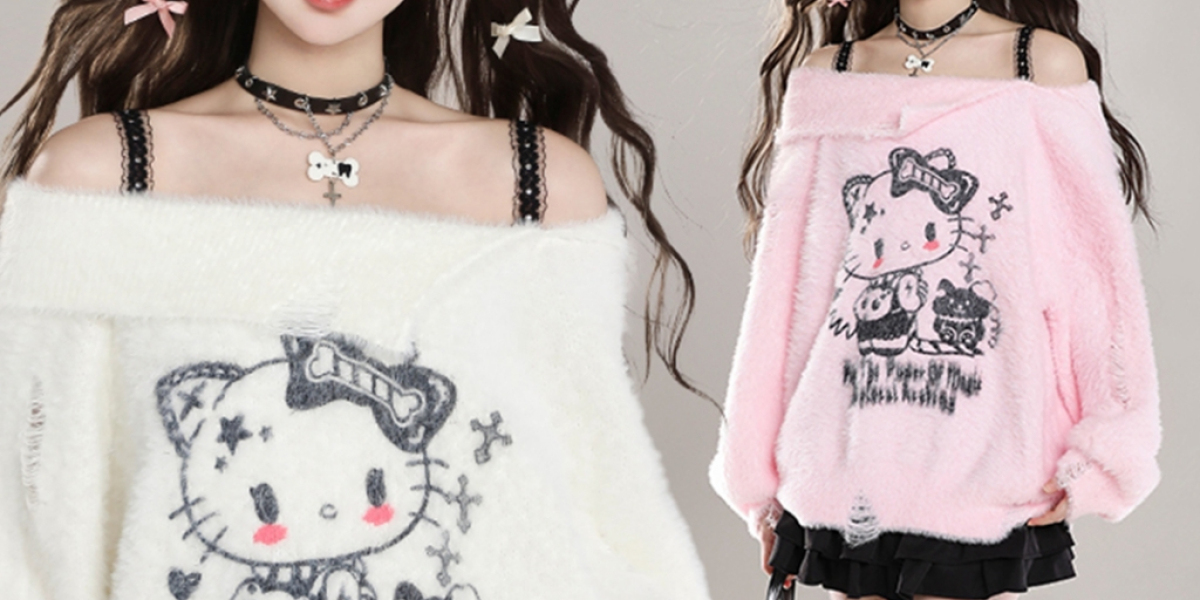Introduction
In recent years, the fashion world has seen a surge in popularity of kawaii pastel outfits. Recognized for their gentle and delicate hues, these outfits are often characterized by their playful and cute aesthetic. The term "kawaii" originates from Japanese culture and refers to the idea of lovable, adorable, or cute. Pastel colors, on the other hand, are light and airy tones that invoke emotions of calm and tranquility. This paper aims to explore the rise of kawaii pastel outfits within the fashion trade, as properly because the psychological affect they've on people who wear them.
The Rise of Kawaii Pastel Outfits
The recognition of kawaii pastel outfits might be traced back to the rise of the kawaii culture in Japan in the 1970s. This development was characterized by a deal with cuteness, innocence, and childlike qualities in both vogue and widespread culture. The kawaii aesthetic quickly unfold to other elements of the world, influencing every part from artwork and music to style and sweetness. In recent times, kawaii pastel outfits have become a staple in the wardrobes of many style influencers and fans.
One in every of the important thing reasons for the popularity of kawaii pastel outfits is their skill to evoke feelings of nostalgia and happiness. The mushy, pastel colors typically utilized in these outfits are harking back to childhood reminiscences and evoke a way of innocence and joy. In a world that is more and more fast-paced and hectic, wearing kawaii pastel outfits can present people with a way of consolation and escapism.
Psychological Impact of Kawaii Pastel Outfits
Analysis has shown that the colors we wear can have a big impression on our mood and feelings. Pastel colours, in particular, have been found to have a calming effect on individuals, serving to to scale back stress and anxiety. On the subject of kawaii pastel outfits, the combination of cute and playful designs with comfortable, pastel colors can have a dual affect on one's psychological effectively-being.
The kawaii aesthetic is commonly associated with feelings of positivity and happiness. By wearing kawaii pastel outfits, people can harness these constructive emotions and project them to the world around them. This may also help increase one's shallowness and confidence, as well as create a way of reference to others who share comparable style in style.
Furthermore, sporting kawaii pastel outfits can be a type of self-expression and creativity. The playful and whimsical designs usually seen in kawaii style permit individuals to experiment with different kinds and create unique appears that replicate their character. This can be empowering and liberating, because it gives individuals the freedom to precise themselves in a manner that feels genuine and true to who they are.
Along with the psychological benefits of wearing kawaii pastel outfits, there could even be social advantages. Analysis has proven that the clothes we wear can influence how others understand us and might affect our interactions with them. By sporting kawaii pastel outfits, individuals could also be perceived as extra approachable, pleasant, and likable, which might result in extra optimistic social interactions and relationships.
Conclusion
In conclusion, kawaii pastel outfits have become a popular development within the fashion world, because of their cute and playful aesthetic. These outfits aren't only visually appealing however also have a positive influence on one's psychological well-being. By evoking feelings of happiness and nostalgia, kawaii pastel outfits may help reduce stress and anxiety, increase self-esteem and confidence, and facilitate constructive social interactions. As the recognition of kawaii pastel outfits continues to grow, it is obvious that this trend is greater than just a passing fad – it's a reflection of our innate want for joy, creativity, and connection.








